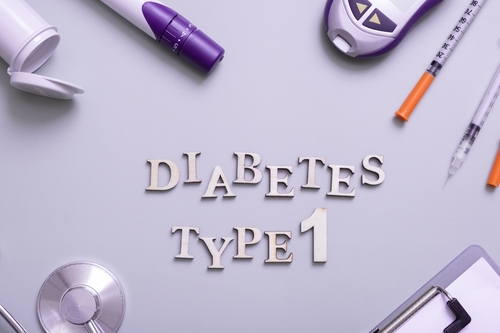
Virtual care (VC) for patients with cancer—a result of the COVID-19 pandemic—was feasible, did not sacrifice quality, and resulted in high patient and provider satisfaction, according to a study.
When the COVID-19 pandemic struck, the race was on to translate as many aspects of face-to-face interactions to virtual alternatives as possible—including medical care. Perhaps surprisingly, this included cancer care.
The present study evaluated the implementation of VC at the Princess Margaret Cancer Centre (PM), University Health Network, Toronto, Ontario, Canada. According to the study authors, the center, under normal circumstances, “conducts close to 2000 outpatient visits daily (approximately 1000 ambulatory clinics and approximately 1000 ambulatory treatments and procedures).”
“The surprising result of implementing virtual care almost overnight were the impressive benefits for our patients and clinicians,” said study author Keith Stewart, MD, director, Princess Margaret Cancer Centre, Vice President, Cancer, University Health Network, in a press release.
“With these findings, a new normal emerges which includes virtual care as a feasible and important part of care for many patients. They will help guide the transformation of telemedicine in the post COVID-19 era, firmly establishing virtual care as a standard option that we can offer appropriate patients.”
The COVID-19 pandemic was declared on March 11, 2020, and the VC program went into effect just 12 days later. The study examined data from the launch on March 23 through May 22. During this time, 22,085 VC visits took place, with a mean 514 visits per day. During the study period, VC visits made up 68.4% of daily visits (range, 18.8%-100%)—as opposed to just fewer than 1% prelaunch (P<0.001). One month after the VC platform was launched, ambulatory clinic volumes were back to normal, ranging from 3,714 to 4,091 patients each week.
During the study period, the number of chemotherapy and radiotherapy patients each week remained stable at 1,943 to 2,461—a good sign for patients with cancer.
“The shift to virtual care, helped ensure that patients needing in-person visits, such as those receiving chemotherapy and radiation treatments could continue, while decreasing traffic and facilitating physical distancing on premises,” said Dr. Berlin.
According to a survey, 82% of patients and 72% of practitioners were satisfied with VC.
Implementing the VC platform had a direct cost of CAD$202,537; displacement-related cost savings to patients were CAD$3,155,946.
The study was published in JAMA Oncology.
“Virtual care became a safety net for patients,” said Dr. Berlin. “It was reassuring for patients during the uncertainty of COVID-19. Their care team was still there for them, but in a different way.
Looking ahead, he added, “For the future, we aim to examine what criteria—in addition to clinical—make this a good or even preferred option for select patients.”







 © 2025 Mashup Media, LLC, a Formedics Property. All Rights Reserved.
© 2025 Mashup Media, LLC, a Formedics Property. All Rights Reserved.